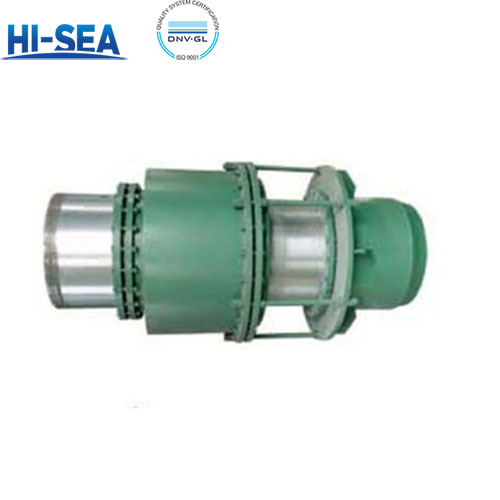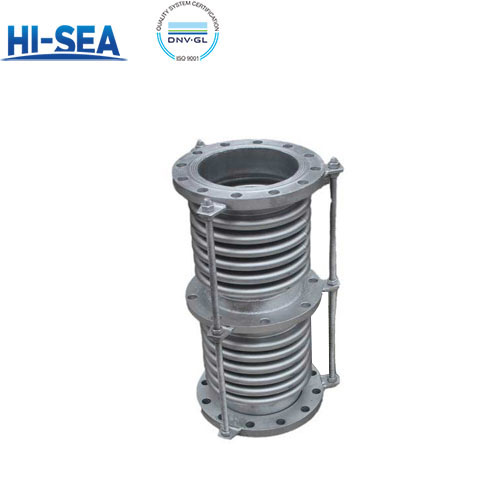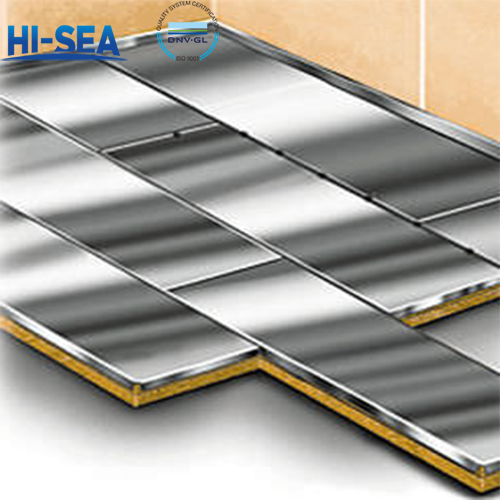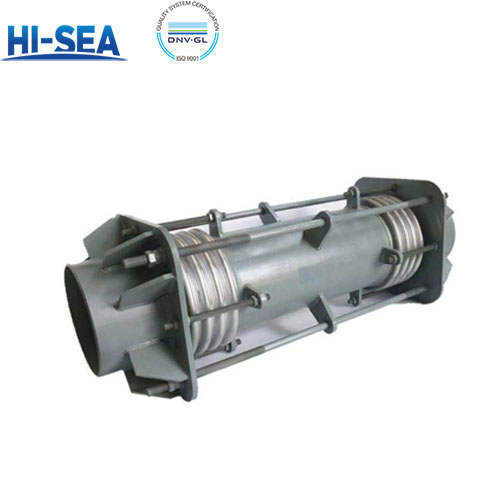
The different light sources of search light
Overview
The light sources populated in the market for searchlights mainly include four types: incandescent lamps, halogen-tungsten lamps, mercury-xenon lamps, and LED lamps.
1. incandescent lamp
Incandescent lamps are the most common light source and were also the earliest light source applied to searchlights. They rely on electric current to heat a tungsten filament to produce brightness.
Advantages: Marine incandescent lamps have a simple structure, quick start, can be started in any position, and do not require auxiliary devices. The filament is slightly thicker than that of ordinary incandescent lamps, providing better mechanical degree and shock resistance. They are less likely to extinguish when with low voltage, so they have low requirements for voltage stability. They are free from flickering, dimmable, and have a low cost.
Disadvantages: The lifespan and luminous flux of incandescent lamps are significantly affected by voltage fluctuations. With a 5% increase in voltage, the bulb's lifespan shortens by 25%, and with a 5% decrease in voltage, its luminous flux decreases by 18%.
Recommendation: Marine Incandescent Focus Bulb Search Light,Stainless Steel Search Light TG14,Marine Signal Searchlight
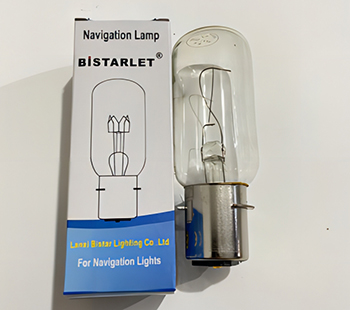
2. Halogen-tungsten lamps
A halogen-tungsten lamp is an inflated incandescent lamp with a filling gas containing some halogen elements or halides.
Advantages: Halogen-tungsten lamps, like incandescent lamps, are thermal radiation light sources and do not require auxiliary starting devices. However, compared to incandescent lamps, halogen-tungsten lamps have a smaller volume, higher power, higher luminous efficiency, and a longer lifespan. Additionally, halogen-tungsten lamps exhibit stable color temperature and almost no light decay.
Disadvantages: Halogen-tungsten lamps are more expensive than incandescent lamps and require higher voltage and a longer preheating time before use. They are not highly versatile and cannot be used in hazardous environments with high dust levels, flammability, explosiveness, or corrosiveness.
Recommendation: Suez Canal Search Light,Marine Tungsten Halogen Search Light
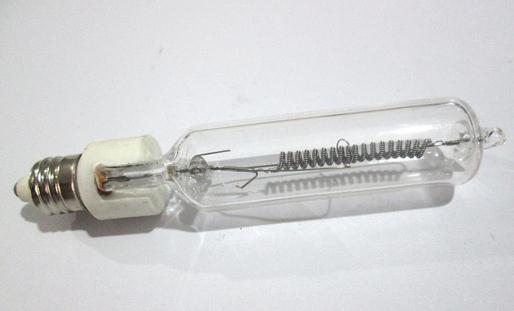
3. Mercury-xenon lamp
Xenon lamps are inert gas arc discharge lamps that emit intense light through xenon gas discharge. Xenon lamps come in two types: long-arc and short-arc. Long-arc xenon lamps use cylindrical quartz discharge tubes, while short-arc xenon lamps have elliptical quartz bulbs with cylindrical extensions at both ends. When an appropriate amount of mercury is filled into the xenon lamp tube, it becomes a mercury xenon lamp. Short-arc mercury xenon lamps are commonly used as light sources in searchlights.
Advantages: Mercury xenon lamps have a quick start, short stabilization time, good light transparency, high brightness, and easy re-start. Additionally, the light color of xenon gas lamps is close to white light, which is beneficial for observing the true colors of objects.
Disadvantages: Mercury xenon lamps have low light efficiency, a short lifespan, and require auxiliary starting devices such as ballasts and triggers. They are relatively more expensive compared to incandescent lamps and halogen-tungsten lamps.
Recommendation: Marine Electrical Control Search Light

4. LED lamp
LED lights are a type of light source that utilizes semiconductor materials to emit light. Its light source is also known as a cold light source, producing high-quality light. In the field of ship lighting, LED lights have become an increasingly popular choice.
Advantages: LED lights have low energy consumption, a long lifespan, quick startup, high brightness, reliable and safe performance, and explosion-proof capabilities. Additionally, LED lights can change color and brightness by controlling the current, helping meet various lighting needs and energy-saving requirements.
Disadvantages: The production cost and technical barriers for LED lights are relatively high, resulting in generally higher prices. Also, LED light sources may have lower color rendering ability, leading to color distortion when displaying certain objects. Furthermore, LED lights require effective heat dissipation to maintain their lifespan and performance.
Recommendation: Marine LED Search Light

In conclusion, each light source for searchlights has its own advantages and disadvantages. When selecting a searchlight, it is essential to consider practical needs. Confidently, we believe that our company's products will undoubtedly meet your requirements.


